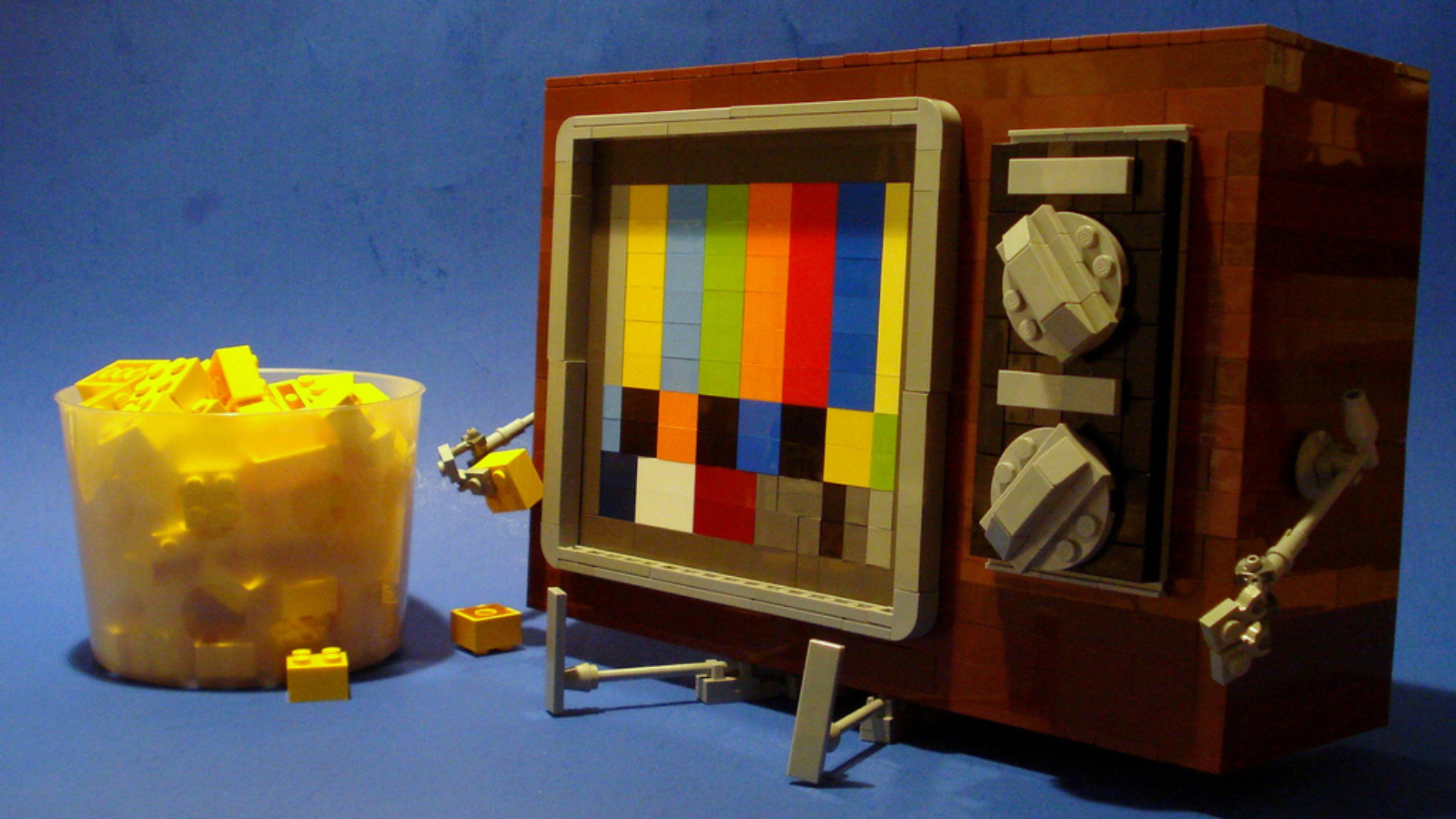By Eric Hoyt
Ewa Mularczyk remembers the electrifying first season of “Big Brother”—the show that entombs ten strangers for three months in a house wired with hidden cameras and microphones—in Poland. When a housemate on Polish “Big Brother” was broadcast bathing nude, the nation reacted with horror and fascination. “It was the first time we ever saw anything on TV like that,” Mularczyk says. At that moment she became, like millions of other viewers watching their own country’s versions of the show across the world, a “Big Brother” addict. When it first premiered in the Netherlands, in 1999, the show generated many viewers and much controversy. Within three years its production company, Endemol, had licensed or produced the format in 42 countries. But Mularczyk went further than most “Big Brother” fans. She became a reality television producer, moving from Poland to Los Angeles in 2001. To date, she has worked on “Hell’s Kitchen,” “Dr. 90210” and “I Survived a Japanese Game Show.”
Cultural critics and highbrow couch surfers routinely deride reality (or unscripted) television. Reality TV is, the argument goes, shallow trash—a guilty pleasure at best. While shows like “Mad Men” or “The Wire” are lauded for their depth, they reinforce the notion that reality TV should be viewed shallowly, or not at all. When it comes to the club of artistic, canonical works, reality television doesn’t make it past the erudite bouncers at the door. But recall an older definition of the canon, before it was a collection of essential works. A canon was a set of ecclesiastical laws, or a secular set of codes and rules. Appropriately, the most important document that is exchanged between a reality TV-show’s creator and its adapter is frequently referred to as the “Format Bible.” The Bible lays out the program’s structure, essential elements and production timeline. The Bible’s writers try to anticipate and answer every question that a producer adapting a format could imagine. Think of a format, then, as an emerging Global Canon, one in which the meaning is generated through multiple levels of exchange and adaptation.
It is unfair and shortsighted to write off reality television as a vast cultural wasteland, particularly when taking this canonical view. What if we went further, and explored reality shows not simply in terms of what we saw on our own TV set, but compared that to what viewers in other countries saw on their screens, and examined what moves them? And what if we looked past the screen itself, into the business and production models behind these shows? What we find is a window into the complexities and contradictions of globalization. Mularczyk’s story is only the tip of the iceberg.
Juggernaut
The format trade is a multi-billion dollar global business. The Format Recognition and Protection Association [FRAPA] estimates television shows like “Big Brother” generated some $12.3 billion in worldwide revenue from 2006 through 2008—a lucrative industry by any standard. In some ways, buying and selling television formats follows larger patterns in global production processes, such as the drive to reduce costs through hiring non-union labor and the rise of multinational corporations like News Corp. and Telefónica, the telecom giant that owned Endemol from 2000 to 2007. Yet, on both economic and cultural levels, the television format market has also resisted some of globalization’s key features. Rather than leading to a homogenization of culture, formatted shows are adapted to suit local tastes. The Australian “Big Brother,” for instance, gets a Jacuzzi, a barbie-que and a more laid back tone to make it more Aussie. Unscripted formatted shows, then, react to global cultural and social realities while acting locally.
It would be a mistake, however, to praise reality television as some sort of global utopia. Though the flow of television formats is more multidirectional than cinema, where Hollywood still dominates, the titans of the trade are all based in Western Europe. The Dutch company Endemol (“Big Brother,” “Deal or No Deal,” “Wipeout”) and the UK-based Fremantle Media (“Family Feud,” “Pop Idol,” “[Insert Nation’s Name Here]’s Got Talent”) have expanded into global media conglomerates with offices and production facilities across the continents. In the shows themselves, racial and gender stereotypes are often exploited as much as they are challenged. In 2007, British Channel 4’s “Celebrity Big Brother” created public uproars in Britain and India when multiple house-mates hurled racist insults at Indian actress Shilpa Shetty. Ultimately, taking stock of the global trade in television formats is about seeing the ways that a media (or medium) can reveal certain truths about culture and exchange.
Next, why "Big Brother" succeeds everywhere, except the Middle East.
Eric Hoyt is a Ph.D. candidate in the Critical Studies Division of the University of Southern California’s School of Cinematic Arts.
Photo courtesy of hoyvinmayvin.
